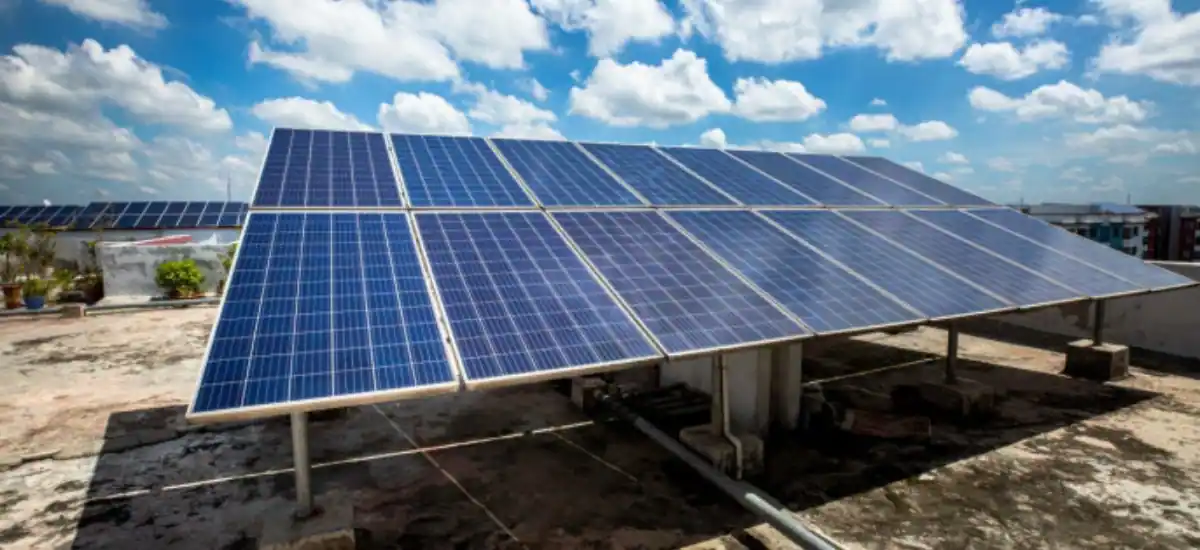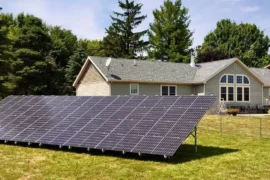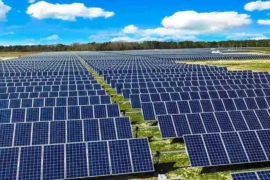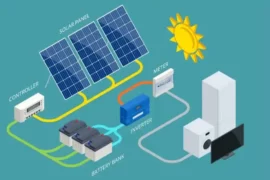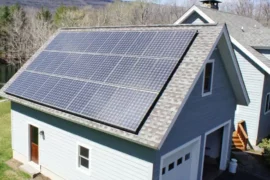The solar combiner boxes market report includes industry size estimates, competitive landscape, development trends, and revenue forecasts. In addition, it provides a bird’s eye view of the most critical industry participants, vendors, and investors.
What Is A Solar Rooftop Combiner Box?
There must be a place for that electricity to go. There are solar strings if you have more than one solar panel. The fuse in the combiner box is wired to a single conductor, and the strings are then connected to it.
To use the electricity, an inverter must first receive the electricity from the conductor. The most basic combiner or junction box is responsible for this.
You can expand the capabilities of your combiner box by purchasing additional equipment. Additional equipment includes disconnecting switches, monitoring equipment, remote rapid shutdown devices, etc.
These junction boxes can also reduce the amount of wire used to conduct the electricity from the solar panel to the inverter, which is a benefit.
The Function Of A Solar Combiner Box
Like a junction box, a solar combiner box combines solar power. Junction boxes are electrical enclosures that successfully connect multiple wires and cables.
- To connect an inverter, a solar combiner box collects the output of multiple strings of PV modules.
- Overcurrent protection fuse assemblies are typically kept in this device.
- The number of strands can be anywhere from three to fifty-two.
- Surge protectors, string monitors, and DC disconnects are possible additions to a combiner box.
- Before selecting the ideal solar combiner box, you must thoroughly know the site and the project’s difficulty level. Understanding the other components and their relationship to the combiner is also essential.
RV Solar Junction Box V/S Am Solar Combiner Box
You can use a conventional junction box that performs the same function as a higher-priced option to save money. Make a short comparison between the two and note how little difference there is between these two possibilities.
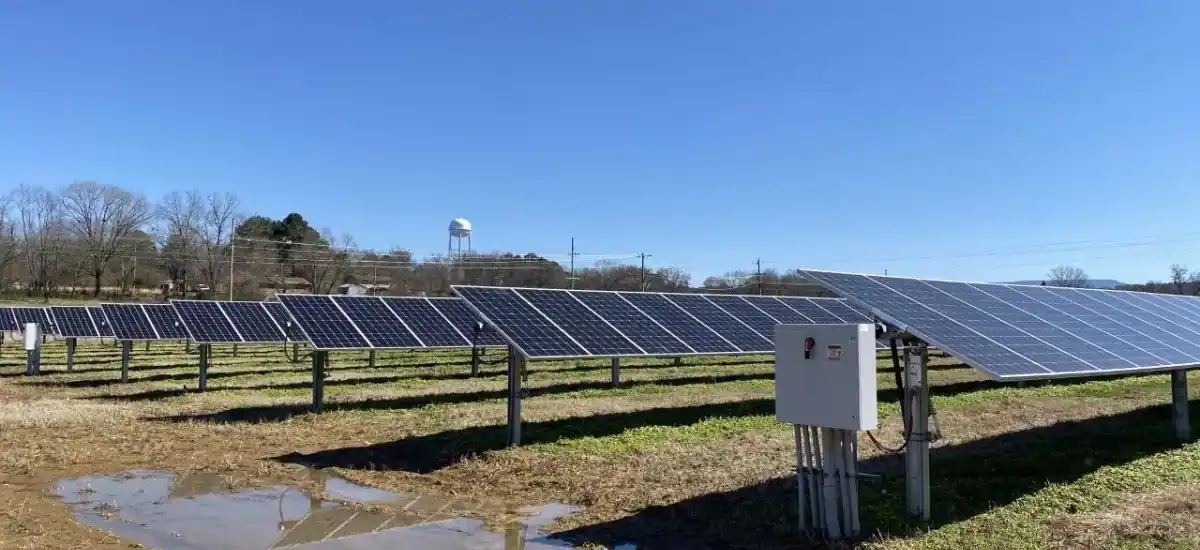
The price difference between these two boxes is substantial. It is possible to find some at a reasonable price, but not all of them.
| Basis Of Diff | RV Solar junction box | AM solar combiner box |
| Materials Used | The installation of FO splice cassettes in stainless steel cabinets of the FXLS range guarantees the secure connection of fiber optic data cables in areas at risk of explosion. | The AM solar combiner box allows you to parallel several photovoltaic fields and protect your installation. |
| Features | The RV series is specially designed to install high-current electrical distribution networks. | Installed near the solar panels, the junction box has protection against overcurrents thanks to fuses on each solar field and a disconnect switch. |
| Risk Factors | Fiberglass-reinforced polyester splice boxes provide safe protection for fiber optic splices in areas at risk of explosion. | The isolating switch can also be used to cut off the power supply in an emergency or maintenance. |
| Environmentally Conditions | RV junction box is designed for use in hazardous areas and harsh environments, with stainless steel enclosures, setting a new benchmark in flexibility. | If necessary, protection against overvoltages linked to lightning will also be necessary. |
Types Of Solar Rooftop Combiner Boxes
Junction boxes come in various shapes and sizes. The one you choose will depend on the design and purpose of your solar power system. Only the most common kinds are included in the following list. You may discover additional information when you speak to a solar panel outlet.
- Combiner Boxes for Fused Solar Power
- Solar combiner boxes that are already wired
- Combiner Boxes Without Fused Solar Panels
- The dual fused solar combiner boxes are available.
- Boxes with circuit breakers for solar combiners
- Combiner Boxes for Multiple Solar Strings
Additionally, they are constructed of fiberglass, plastic, and painted steel. Adding a breather vent is a must if you plan to use your tent in a humid environment. Your RV or travel trailer’s roof will have these combiner boxes. Of course, the exact location where the solar power wires have been laid out.
Low-profile models are also available if your height is an issue. A combiner box is not required if your vehicle has two or more strings.
The larger the project, the more likely you’ll need one of these. Using them on an RV with fewer than four strings makes it easier to connect, disconnect, and maintain. A large junction box isn’t necessary to achieve this benefit.
Using these boxes also has the benefit of requiring little upkeep. You should, however, check on them from time to time to make sure they haven’t been tampered with or otherwise compromised.
What To Look For In A Combiner/Junction Box
Choosing the best combiner box has several important considerations to keep in mind.
- Even though they aren’t the most complicated or expensive solar equipment, faulty combiner boxes can cause many problems. Flames and smoke are among the issues.
- You must meet the technical requirements of your solar situation. Failure to do so could result in problems down the road. Exceeding those specifications may be permissible, but consult with the experts first.
- Whips have recently become a popular addition to combiner boxes, becoming more common. On one end of this solar wire is a solar connector.
- Instead of drilling a hole in the junction box and installing fittings, you connect your solar panels to the whip’s connector, and you’re done.
- Requires a current copy of the National Electrical Code (NEC). Due to these modifications, arc fault and remote rapid shutdown devices have become nearly standard components.
Because it is updated regularly, the NEC regulations often catalyze advancements in technology and components. You may want to look into higher voltage components, integrated mounting hardware, and custom grounding options for larger systems.
Where Should A Solar Combiner Box Be Mounted?
Mounting your solar combiner box on a north-facing wall with some available shade is ideal. This reduces the amount of sunlight it is exposed to. Long periods of exposure to the sun can raise the temperature of the internal combiner, as you might expect.
Components in the box may be less effective or have a shorter lifespan if exposed to excessive heat. In addition, size is an important consideration. Increased air volume and surface area can be achieved in larger enclosures.
Cooling the internal components is made more accessible with this. Larger enclosures also make field wiring much easier because they give installers and maintainers more room to work.
Frequently Asked Questions
Q1. Where does the solar combiner box go?
A: The solar combiner box will have either a metal, plastic, or fiberglass enclosure that holds the components and wires of the solar system. Using an enclosure, you can keep your components and wiring safe from the elements. NEMA 3R, 4, or 4X is the most common NEMA rating for combiner enclosures. UL certification is required for solar combiner boxes.
Q2. What is a solar panel combiner?
A: The component used to connect and store the solar power cables coming from your panels, the solar combiner box (also known as string combiner), is a simple electrical device. Sheet metal, plastic, or fiberglass are common materials for combination boxes. In most cases, an inverter is mounted on the roof near where the solar panels’ wiring exits.
Q3. Is the combiner box the same as the junction box?
A: It is similar to a junction box, an electrical enclosure that safely connects multiple wires and cables through multiple entrances. The inverter is connected to the solar combination box by countless strings of photovoltaic modules. There are several strings of input overcurrent protection fuses in most of these devices.
Q4. How do you connect solar panels to a combiner box?
Connecting panels to a combiner box is done using extension cables. Using less expensive wiring (such as thin-rated insulation) within the electrical conduit allows you.
Related Posts:-

